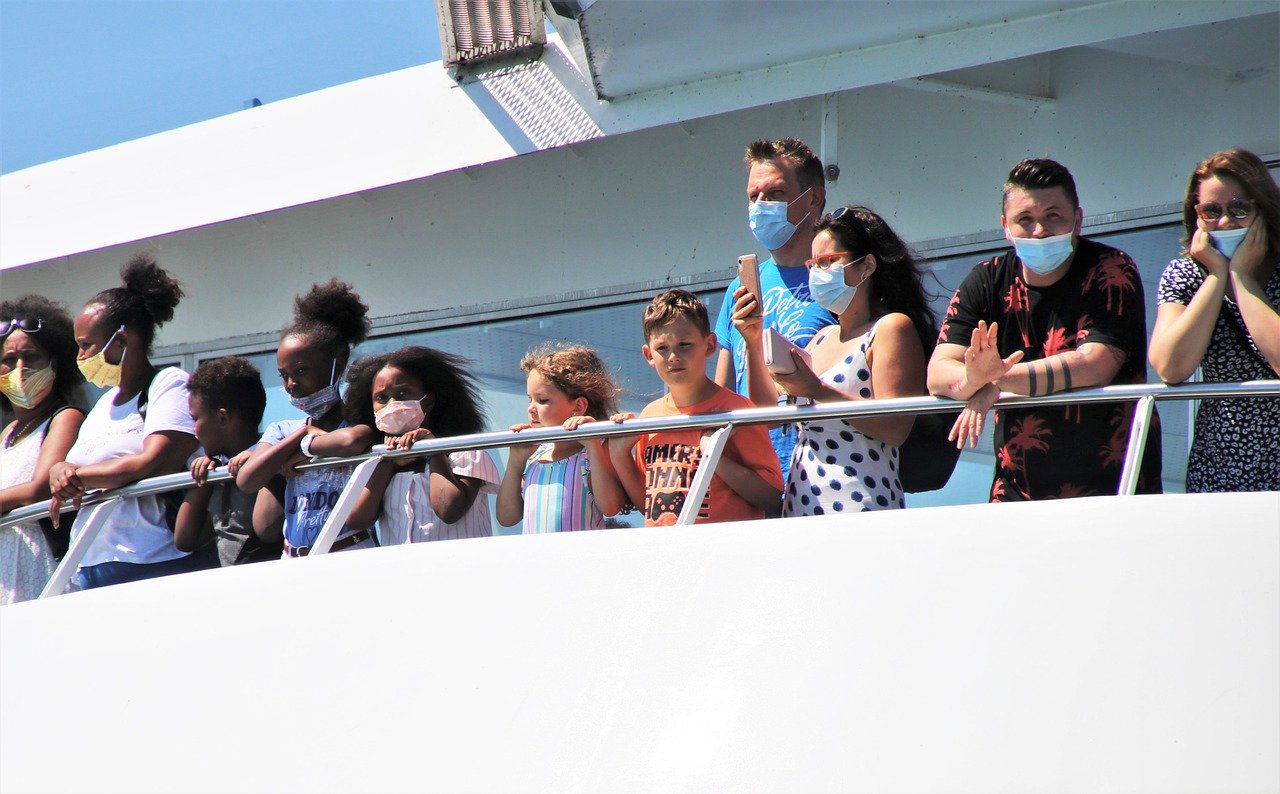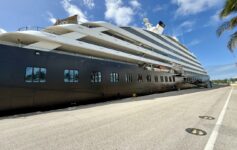A Singapore cruise was shortened due to a false positive COVID-19 result; is this a sign of progress or regression?
If you are considering booking travel or signing up for a new credit card please click here. Both support LiveAndLetsFly.com.
If you haven’t followed us on Facebook or Instagram, add us today.
Passenger Tested Positive for COVID-19
In one of the first cruises to return to the high seas, a Royal Caribbean International vessel, Quantum of the Seas returned to the Marina Bay Cruise Centre a day early. A passenger exhibited symptoms of the COVID-19, some of which mirror the common flu. Following a test, the guest tested positive for SARS COV-2 (COVID-19) and the cruise cancelled the rest of its journey. Guests and crew were then tested, none of whom were found to carry the virus.
Good News In a Bad Situation
Following the test, an additional test was run which returned a negative result. No further COVID-19 cases were found aboard. Passengers who had their journey cut short out of an abundance of caution were offered a future cruise credit or refund for the missed portion of the journey.
Passengers that boarded the ship complied with recommendations that closely resemble those from the US centers for disease control and prevention (CDC.) Singapore has been fastidious in its approach and caution with the virus. The country and Royal Caribbean followed social distance guidelines, required passengers to wear a mask, and the cruise line frequently cleaned surfaces.

Broader Implications
As cruise lines begin to prepare for their first cruises in the largest market in the world, the United States, the situation in Singapore identified broader implications. The embattled cruise industry has plans to return to service in as few as 45 days sailing the Caribbean again.
Singapore, however, may not be a good test case for resuming cruises from US ports of call (or European for that matter) given Singapore’s success against the virus. While the US and Europe are battling a resurgence in the virus, Singpore has had less than 60,000 cases and 0.04% fatality rate (29 deaths.)
It could be an encouraging sign that, 1) a cruise had successfully mitigated against the disease, 2) that it followed protocol and returned without incident or further infection, and 3) that the “cruises to nowhere” have helped to display this. However, false positives could cost cruise lines a tremendous deal, testing hasn’t proven to be reliable, and the results of this experiment may not be transferable.
Conclusion
It’s great news that the passenger who tested positive for COVID-19 was, in fact, not infected. It’s even better that that mitigation efforts have been successful. Singapore’s results may not foretell similar results on cruise lines departing more severely-hit ports of call. Testing still is not reliable enough to avoid the curtailment of a cruise and could be problematic elsewhere.
What do you think? Is this false positive a good sign that cruises can safely pull off a return to sailing? Is it a sign that we aren’t quite ready even though no one was infected?



The 2 people on the right are the worse. Their nose sticks out. When you do that, it is worse than wearing a mask properly because all that coronavirus is coming out of your nose but you think you are doing a good deed by wearing a mask.
The picture alone tells me all I need to know about the current situation.